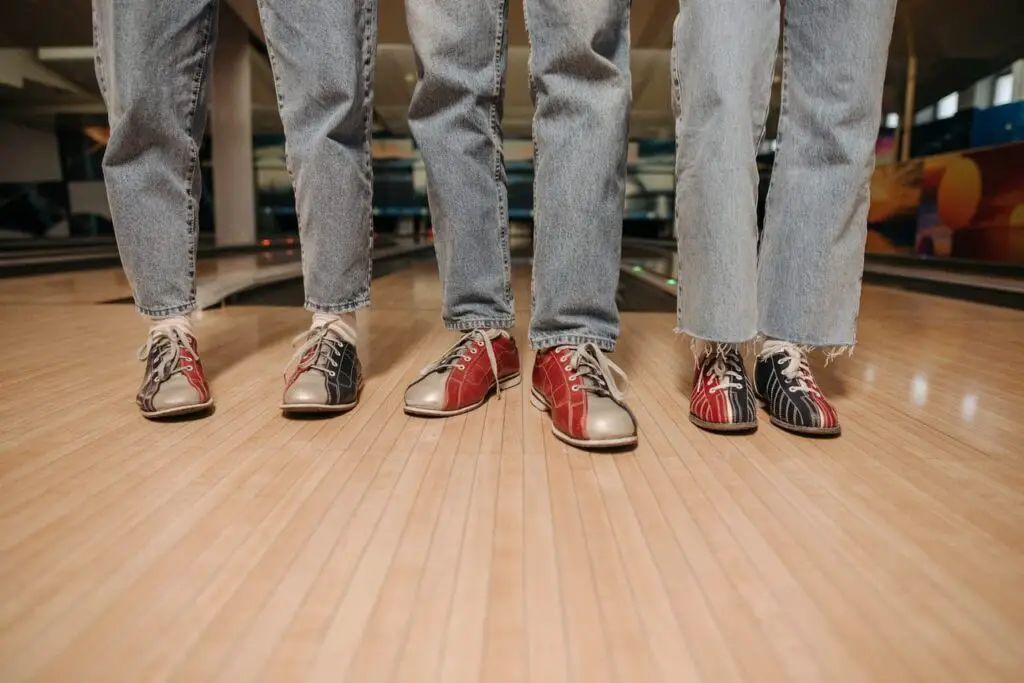No, bowling balls are not hollow. They are solid but not uniform throughout. Bowling balls are designed with a core and a coverstock.
The core is located in the center of the ball and its shape and density significantly affect the ball’s overall performance characteristics, including how the ball hooks on the lane and its reaction to the lane’s oil pattern. The core can be designed in various shapes such as pancake-shaped, elliptical, or more complex asymmetric designs, each giving the ball different spin and movement characteristics.
The coverstock, or outer shell of the ball, is what comes into contact with the lane surface. It is typically made from materials like plastic, urethane, reactive resin, or particle (proactive), with each material offering different amounts of friction and reaction to the lane conditions.
The combination of the core and coverstock determines a ball’s hook potential, reaction to oil patterns on the lane, and overall performance in different bowling situations. So, while a bowling ball is indeed solid, its interior is not uniform and plays a crucial role in the dynamics of the game.
Answered: Do bowling balls have a liquid center?
Other aspects related to the structure of the bowling ball
Delving into various other aspects related to the structure and making of bowling balls, along with how their design impacts the game. Here are some additional points I would discuss:
- Materials and Manufacturing: An in-depth look at the types of materials used to create both the core and the coverstock of bowling balls, from early wood and rubber to today’s complex reactive resins and particle (proactive) materials. This would include a discussion on how bowling balls are manufactured, shaped, and finished.
- Design and Engineering: How the shape and density of the ball’s core (the inner part of the ball) can influence its movement on the lane. This would involve explaining the difference between symmetric and asymmetric cores and how these designs affect a ball’s hook potential and overall performance.
- Ball Weight: The impact of a ball’s weight on its performance. This section would discuss how weight affects a ball’s speed, knockdown power, and the bowler’s ability to control it. Does the bowling ball weight actually matter?
- Different Types of Balls: Explanation about the different types of bowling balls like spare balls, strike balls, beginner balls, and balls designed for different lane conditions. Each of these has a specific purpose and is designed differently.
- Ball Maintenance: How the care and maintenance of a bowling ball can affect its longevity and performance. This would include information about resurfacing, oil removal, and when it might be time to replace your ball.
- The Science of Bowling: An overview of the physics of bowling, including how the rotation of the ball, lane conditions, and the ball’s design interact to create the ball’s path down the lane.
- Regulations and Standards: A look at the standards set by governing bodies like the United States Bowling Congress (USBC) for official balls in competitive play. This can include regulations about weight, size, hardness, surface roughness, and balance.
By knowing more about these elements, you will gain a deeper understanding of the complexities of bowling ball design and its significant impact on the game of bowling.
What size bowling ball should a woman use?


